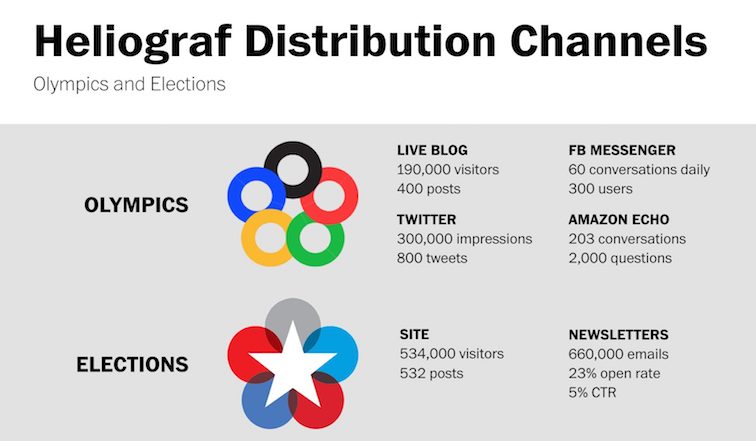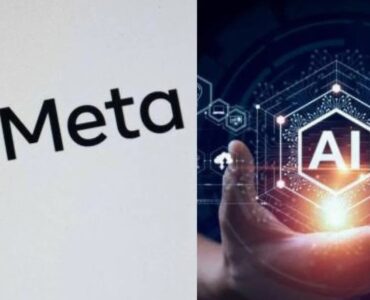Year has passed since the news-writing robot Heliograf made its debut in journalism by publishing alerts and reports on RIO Olympics. It is not new as fast food, pizza delivery robots and barista robots are already out there but Heliograf is the most sophisticated work in Artificial Intelligence and probably the best thing to happen in journalism until now. As you can read branded content posted live by “Robots” a.k.a Artificial Intelligence 

What does HelioGraf mean ?
HelioGraf is derived from Heliograph which has been derived from Greek words: Ἥλιος helios, meaning “sun”, and γραφειν graphein, meaning “write” and it is a wireless solar telegraph device that signals by flashes of sunlight (generally using Morse code) reflected by a mirror.
Aim and Development
Heliograf tech-oriented development started after Amazon’s owner Jeff Bezos purchased Washington post. Heliograf generated 850 articles in its first year. Initially the bot created alerts on Olympics, and financial news only but more advanced version was used to cover elections in USA (well yes it takes a robot to give election all their coverage) that produced 500 stories and received 500,000 clicks.
The main goal was to expand the audience by creating huge number of stories about niche or local news for many small audiences instead of targeting big audience by creating small number of stories written by humans. Such a task was nearly impossible as detailing dedicated staff for local news was not worth the effort
Heliograf is more of Algebra than anything else!
Heliograf is based on algorithms for writing news and depends on editors, the cycle of Heligraf news reporting goes in following steps
- Editors submit narrative templates
- It accesses data sources(in case of elections-the data clearing house VoteSmart.org or for High school footballs matches the school themselves submit score data)
- Matches relevant data with key phrases in templates
- Merges all data obtained above
- Publishes the story


How good is HelioGraf Artificial Intelligence Robot ?
- HelioGraf brought live updates from the 2016 Rio Olympics. Results, schedules, medal tallies and staff-written stories tweeted by the bot itself. A sample tweet is shown below while 816 tweets were made by @wpolympicsbot running HelioGraf at the back.
Medals as of 7:00 p.m.
Medals leader board
1. #USA: 46 G, 37 S, 38 B
2. #CHN: 26 G, 18 S, 26 B
3. #GBR: 27 G, 23 S, 17 B— Post Oly Bot (@WPOlyBot) August 21, 2016
- HelioGraf also published complete score update article with complete match summary on Washingtonpost.com , check out this Article published by HelioGraf
- The tweet below and the article given in the tweet are both also written and tweeted by HelioGraf
Landon beat Whitman 34-0; https://t.co/V6zVPi7a9O @LandonSports @koachkuhn
— WashPost HS Sports (@WashPostHS) September 2, 2017


Robots are replacing journalists
Robots are augmenting Journalists. They are not meant to take their jobs rather they help journalists by allowing them to create more high value work. As data heavy tasks can be dedicated to bots so journalists can focus on real stories that require actual human effort.
Heliograf will free up Post reporters and editors to add analysis, color from the scene and real insight to stories in ways only they can
Jeremy Gilbert mentioned who is director of strategic initiatives at the Post.
Associated press said that it has freed up to 20% of reporters’ time by automated reporting on corporate earnings, so they can work on more relevant and interesting stories. Robots can also help to achieve accuracy by automated insights on such events as a human can do a simple typo and cause massive uproar.
Robots role and tasks will definitily get more ambitious and interesting but its far fetched that A.I. may take our jobs (not for now atleast)
Its not only Washington Post with access to Heliograf. HelioGraf A.I. Robot is available to all Arc Publishing clients












Add comment